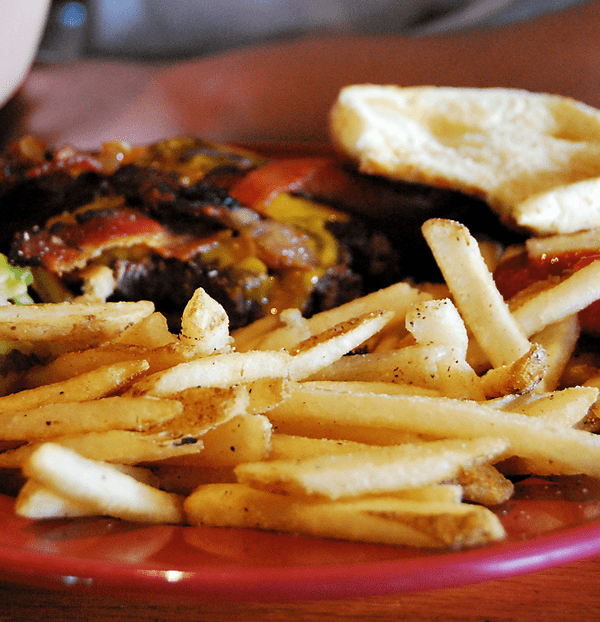Drexel Study Finds an Entire Day Calories Saturated Fat and Sodium in an Average Restaurant Meal

- Drexel Selects New, World-Class Life Sciences Building at 3201 Cuthbert Street for Medical Research Operations
- Breakthrough on Gene Therapy for Hereditary Spastic Paraplegia
- Drexel Environmental Collaboratory Releases Cross-Sector Findings on Severe Weather Recovery Challenges
- Drexel Launches the Manuel Stamatakis Center for Alternative Investments at the LeBow College of Business

As obesity rates have risen, so too has household spending on food away from home, particularly restaurant food. Consumers tend to think of sit-down restaurants as offering healthier options than fast-food venues but there is little evidence to support that idea. In a new study of nutritional values for menu items at sit-down chain restaurants in the Philadelphia region, Drexel researchers determined the healthfulness of food in various menu categories, including the restaurants’ “healthy choice” offerings. They report that an average restaurant meal is not very healthy at all.
The study, published in the Journal of Nutrition Education and Behavior, was led by Amy Auchincloss, PhD, an assistant professor in the Drexel University School of Public Health, with co-authors Samantha Bellitz, Alison Jervis and Andrew Ricchezza (who performed the research as master’s students at Drexel’s School of Public Health), along with Beth Leonberg, an assistant clinical professor and director of the Didactic Program in Dietetics in Drexel’s College of Nursing and Health Professions and Karen Glanz, PhD from the University of Pennsylvania.
Auchincloss and co-authors found that calories and nutrients often exceeded appropriate levels for a single meal and even exceeded recommended daily limits for sodium and saturated fat. Most adults only need to consume 2,000 calories per day and should aim to consume no more than 2,300 milligrams of sodium and 20 grams of saturated fat. Yet single adult meals on full-service restaurant menus (defined as an entree, side dish, half portion of an appetizer) had approximately 1,500 calories, 3,500 milligrams sodium, and 28 grams saturated fat; and rose to 2,020 calories after including a beverage and a half portion of a dessert.
About half of the restaurants tagged a few menu items as “healthier choice.” Those items had better calorie and fat profiles but sodium far exceeded healthier limits and all were low in fiber.
The researchers reached these findings by analyzing 2,516 menu items from 21 sit-down chain restaurants that publicly reported nutrition data from March to May 2011. A number of large chains were included such as IHOP, Denny's, Applebee's and Chili's.
The authors recommend that restaurants reformulate to lower sodium and saturated fat and offer small-plates and/or reduced portion sizes. In addition, the authors recommend that restaurants display nutrition on menus because other studies they have done found consumers use the information and order fewer calories.
Additional Information and Resources
The authors have written a very brief research summary for leaders in hospitality and food service.
In a podcast, Auchincloss discusses the research with Editor in Chief of Journal of Nutrition Education and Behavior (JNEB), Karen Chapman-Novakofski, PhD. Members of the media may reproduce excerpts from this audio podcast with permission; contact JNEB to obtain permission and to request access.
Funding for this work was made possible, in part, by Cooperative Agreement #1U58DP002626-01 from the Centers for Disease Control and Prevention, U.S. Department of Health and Human Services; and Get Healthy Philly, an initiative of the Philadelphia Department of Public Health.
Drexel News is produced by
University Marketing and Communications.